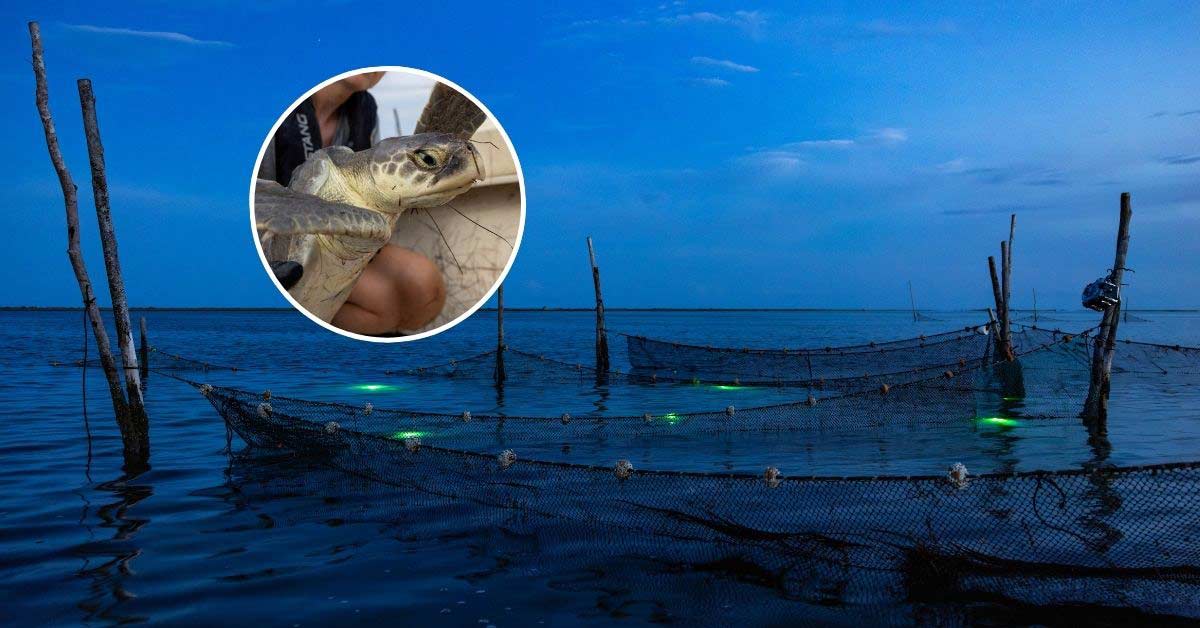With sea turtles at risk of extinction — and entanglement in fishing gear a primary threat, along with climate change and habitat loss — conservation efforts have been put in place to reduce their risk of entanglement.
In areas like coastal North Carolina, where the Endangered Species Act has severely restricted commercial fishing, local fishermen took a major hit.
“It shut down the gillnetting here and there was a lot of people dependent on that,” a fourth-generation commercial fisherman, Eddie Willis, told Arizona State University.
“It put a lot of people out of work. A lot of people.”
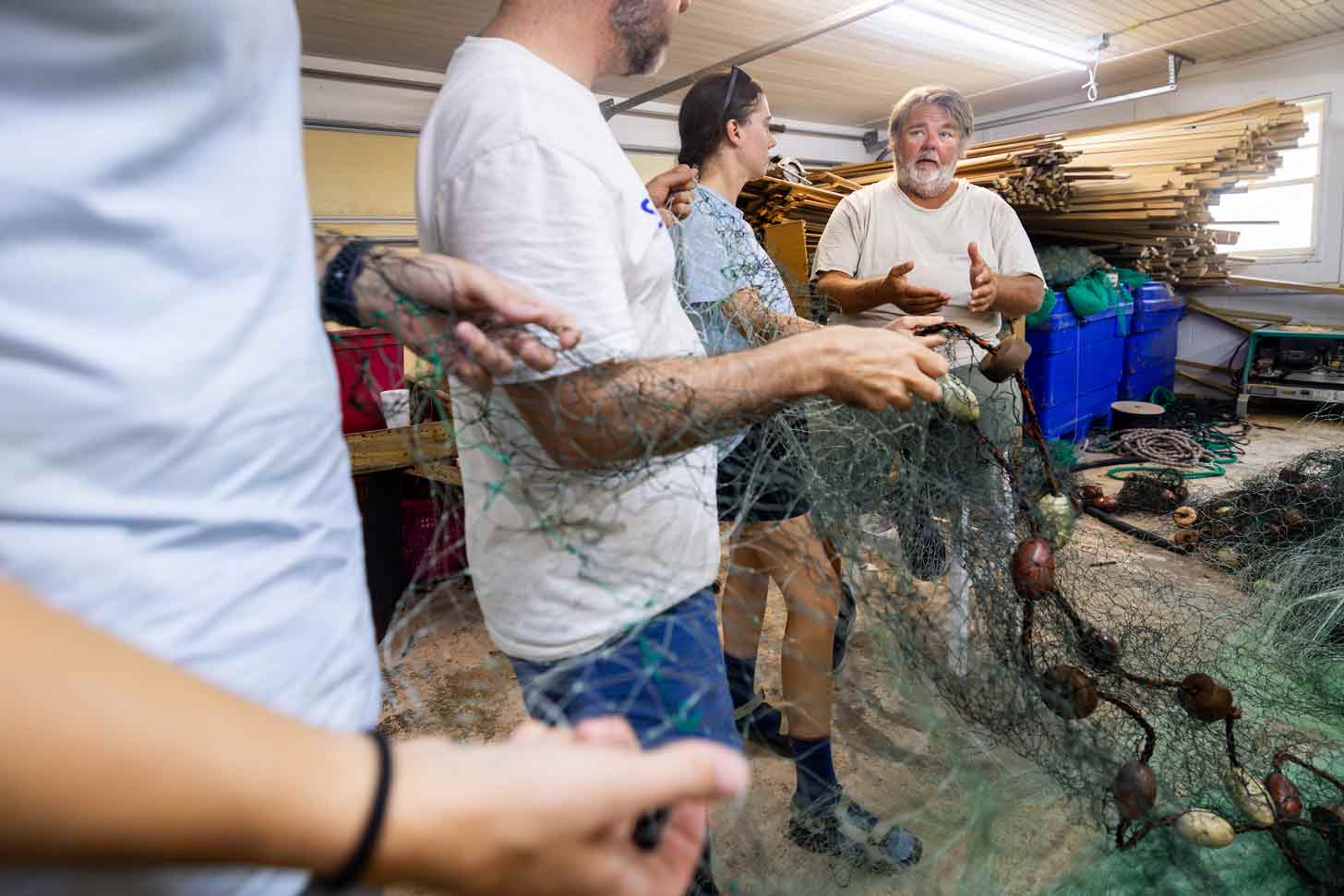
This, then, led to a larger culture of distrust between those trying to protect biodiversity and fishing communities.
But researchers at Arizona State University’s Senko Lab are working to build back that trust.
Jesse Senko, an assistant professor in the university’s School of Ocean Futures, works with a team of researchers dedicated to making fishing gear less harmful to sea turtles, sharks, and other threatened species. They do this in partnership with local fishers.
“From the very beginning, we ask: How can we actually improve the way their fishing goes?,” Senko told ASU News. “It’s not just about saving sea turtles. It’s about how we can improve their fishing operations and preserve their livelihoods.”

They recently had their lightbulb moment — literally.
While studying in Mexico’s Sea of Cortez, local fishermen Juan Pablo Cuevas Amador and Felipe Cuevas Amador suggested they try illuminating the fishing nets.
It turns out, they were onto something.
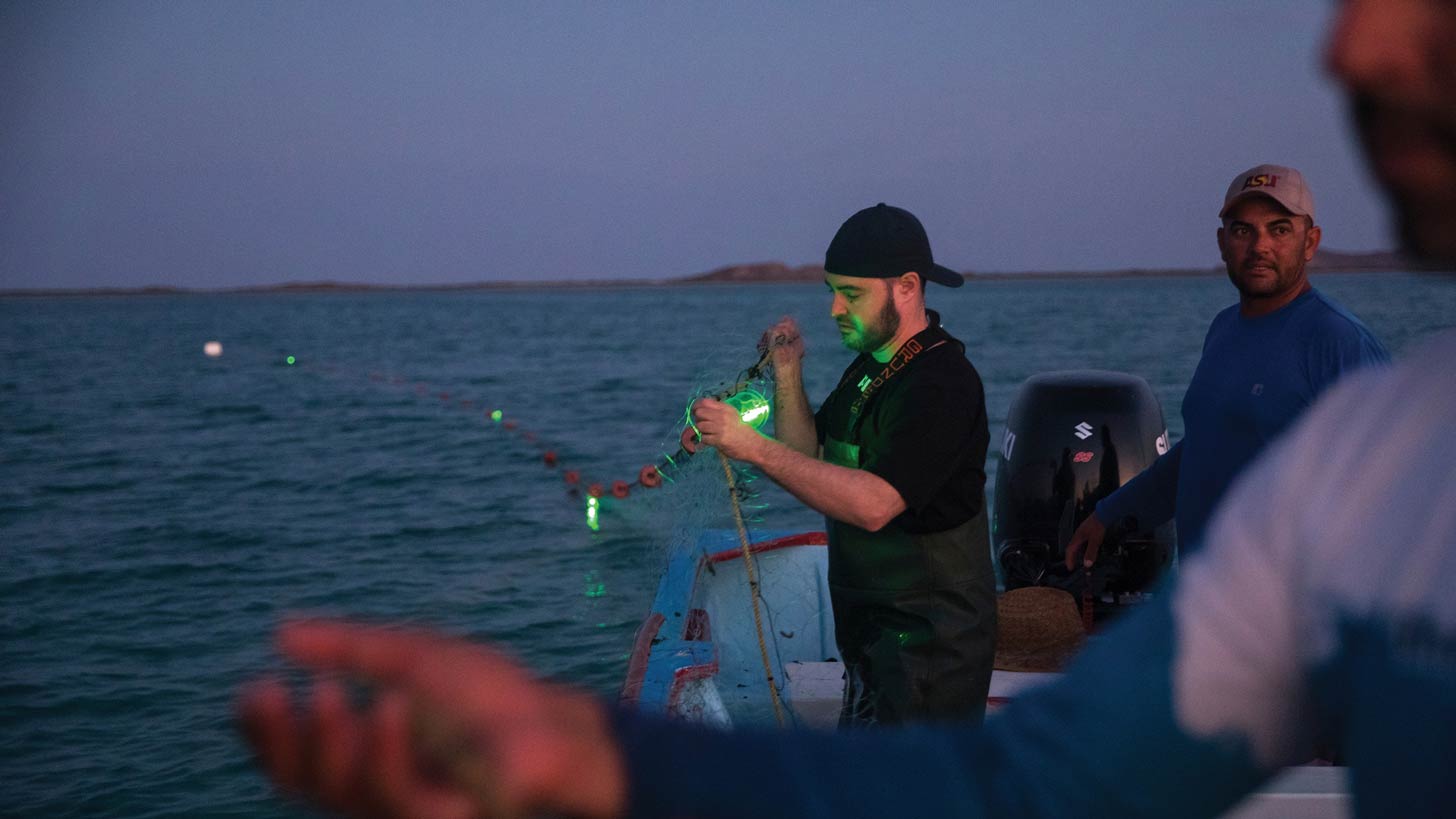
Senko, his research team, and the Amador brothers have recently published research indicating that illuminating nets with green LED lights could reduce the entanglement of turtles and other off-target species by 63%.
Not only this, but the light-up features help fishers save time retrieving and disentangling nets, without compromising their harvest.
“The results were pretty exciting,” Senko said. “It’s a win-win in the sense that you’re getting a light that lasts significantly longer, and it also seems to reduce bycatch just as effectively as lights that require replaceable batteries.”
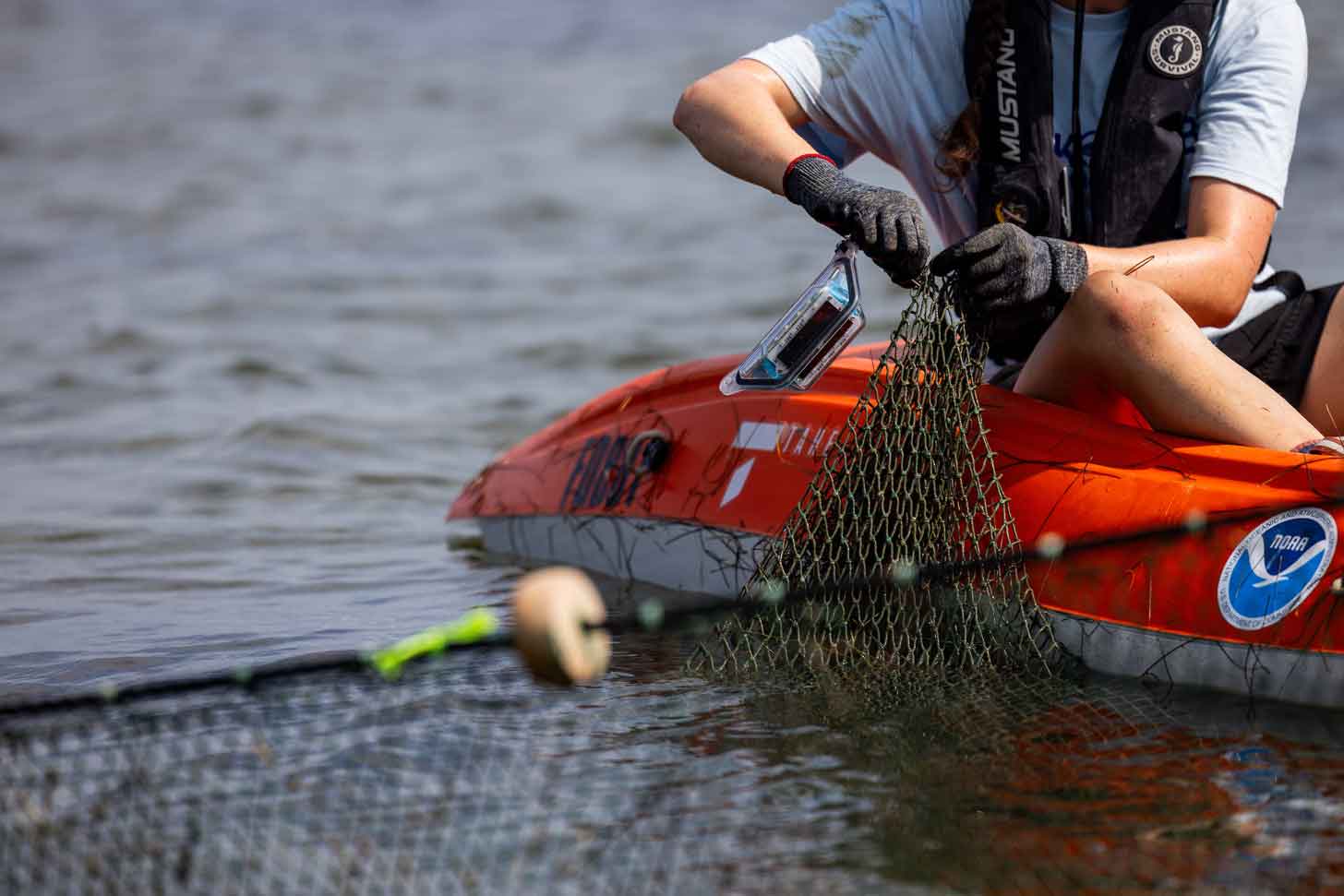
Senko Lab researchers use LED lights that run on solar power. At first, they were battery-operated, but the solar energy helped reduce waste and worked more reliably with less labor.
As they continue their experiments, now off the Carolina coast, every day, graduate students on the research team sit on a kayak, attaching the lights along each net in their area of study.
The next day, they remove the lights. They do this to compare the numbers of animals caught in nets on days with or without illumination.
And, they free any marine life entangled overnight.
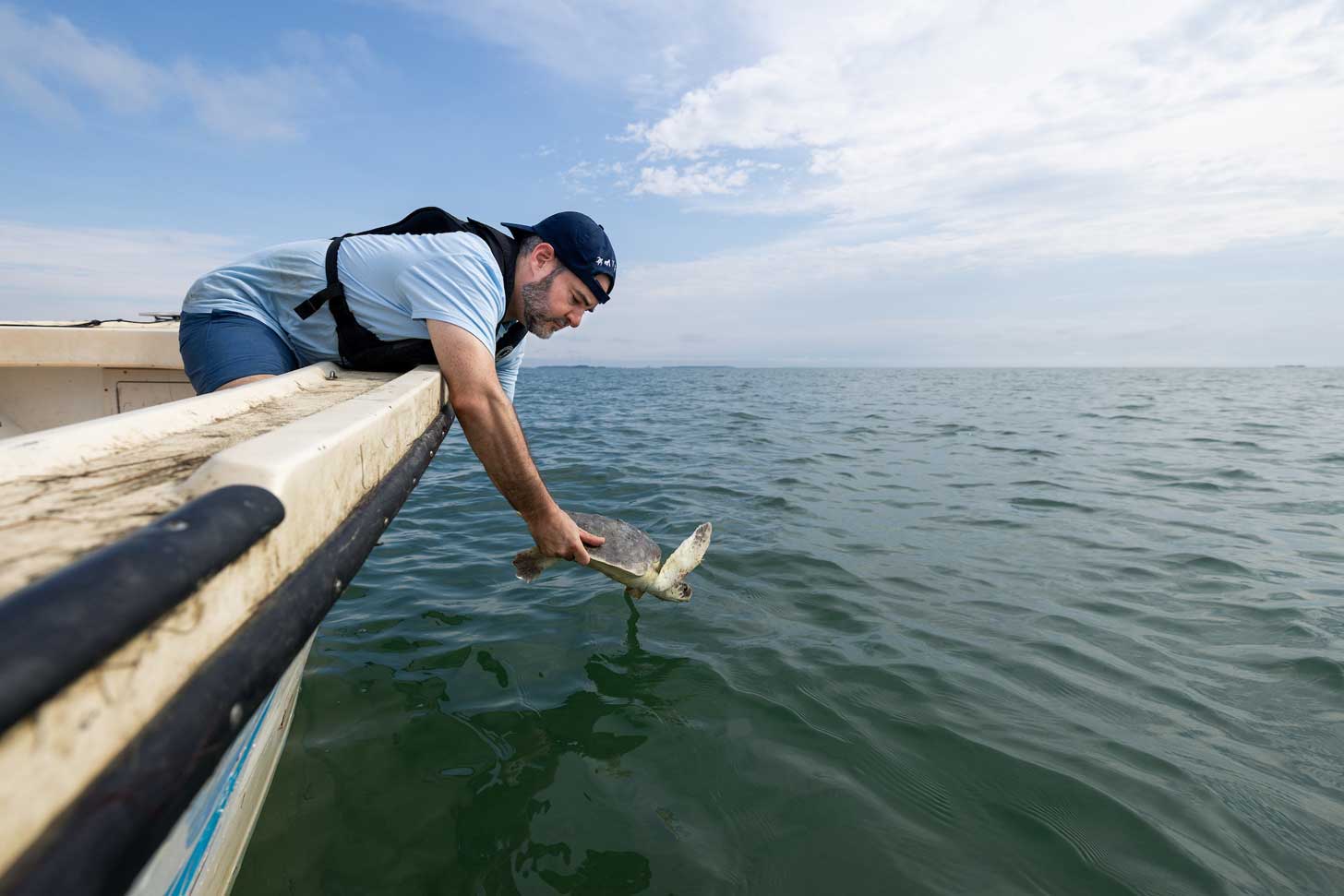
They’re also using the opportunity to capture sea turtle behavior on a set of underwater cameras and data recorders.
“We have no clue what is going on,” Senko said. “Is the light simply illuminating the hazard? Is the light making the net less attractive? Video recordings will provide all sorts of new information on behaviors.”
Although their work was just published in the journal “Conservation Letters,” the researchers still have a lot of work to do. Senko said he is trying to optimize the design, making the gear inexpensive to manufacture and affordable for small-boat fleets.
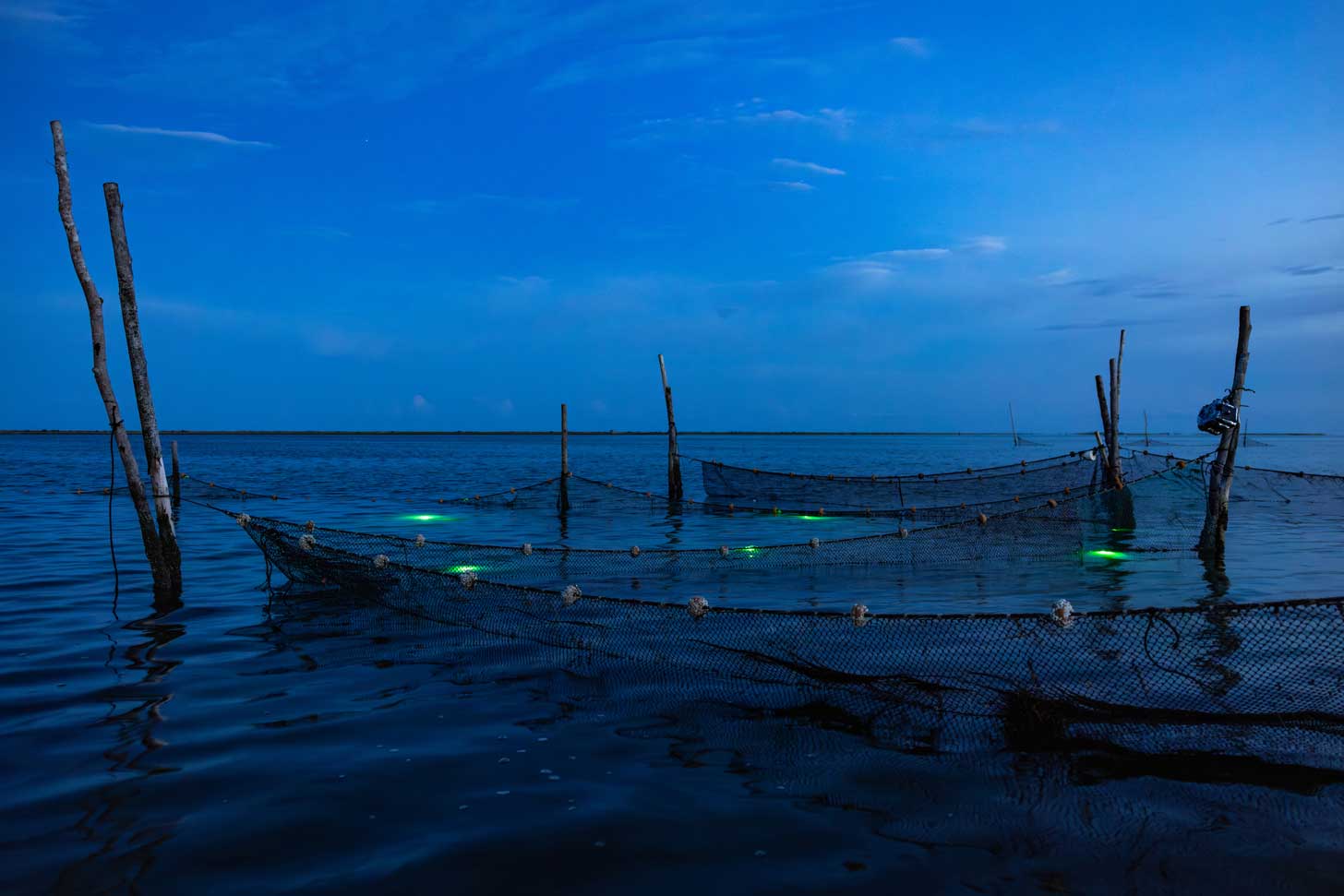
He estimates that the nets will be available to purchase within two to three years. And research on their effectiveness could encourage conservation organizations or government agencies to provide grants and subsidies to fishers angling to buy them.
And from the looks of it, fishing communities are taking the bait.
The Amador brothers in Mexico were thrilled with the results.
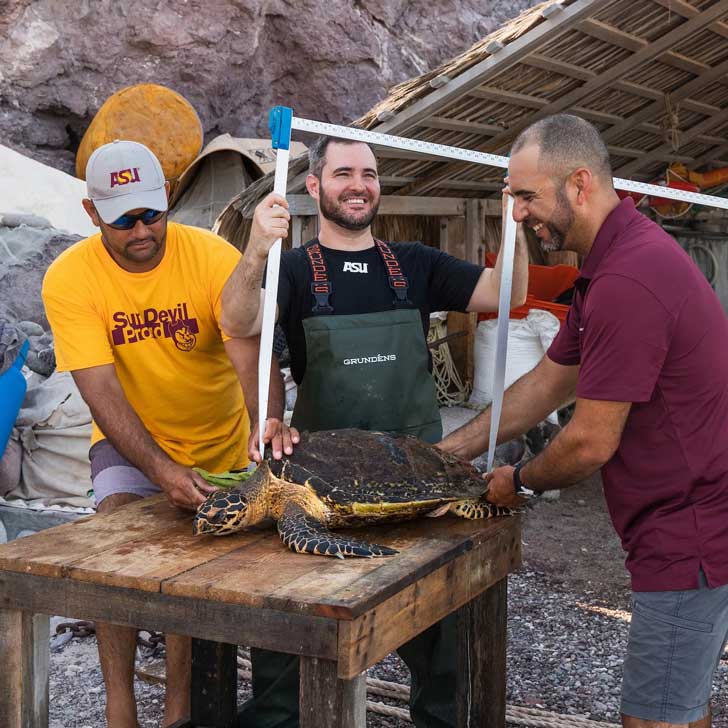
“They took us into account and gave us the freedom to give our opinions and make modifications,” said Juan Pablo Cuevas Amador.
Senko said fisher-led ideas are “where the real magic happens; that's the meaningful innovation.”
“Because their ideas went into it, they're more likely to want to use it and to share that information with their friends and their community and with neighboring communities,” he said.
After the experiments were completed, the brothers even asked Senko if they could keep the lighted nets.
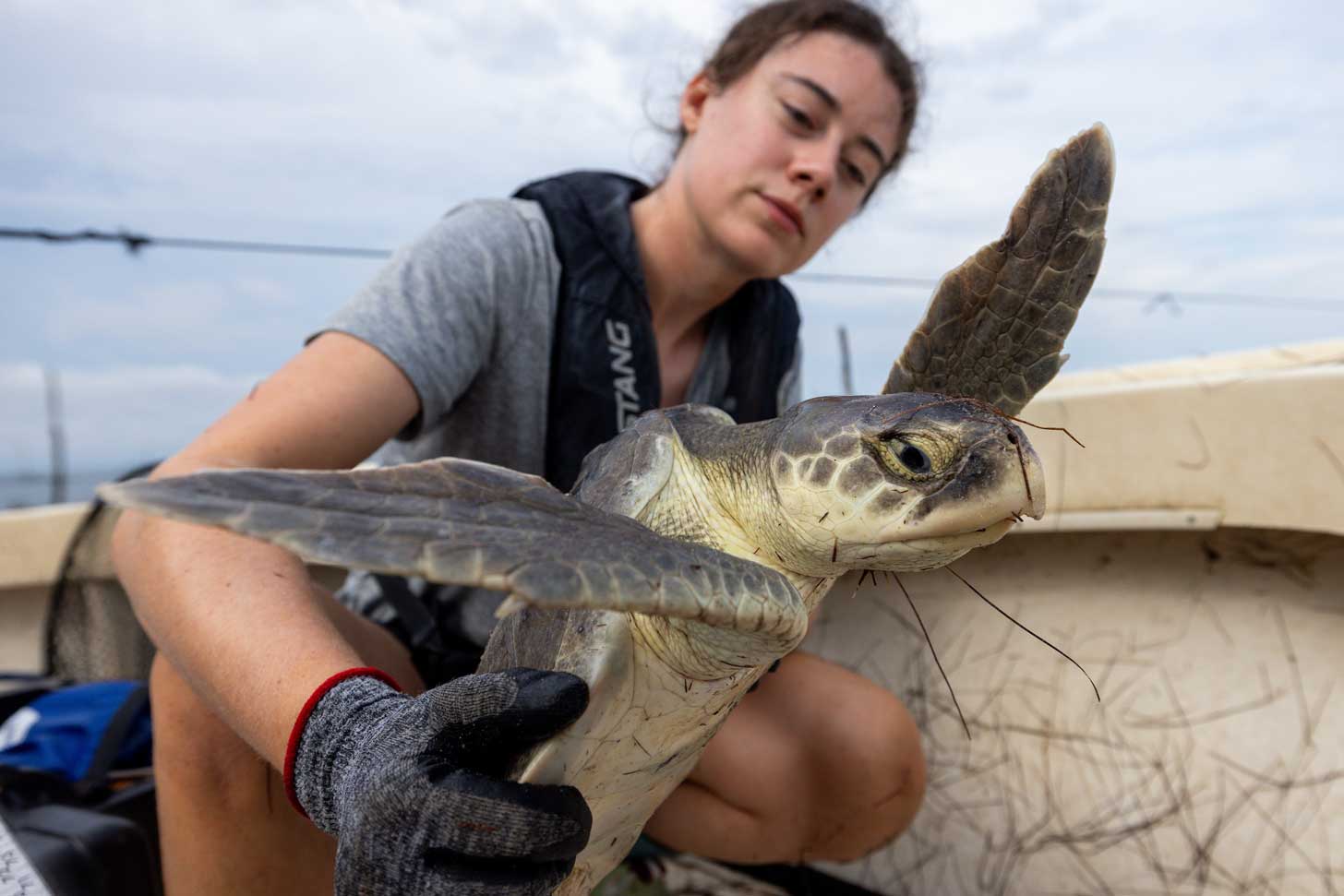
“When I heard that, I knew we were onto something,” Senko said. “And they've been fishing with these lights ever since. As far as we know, they are the only fishers on the planet fishing with solar-powered lighted nets.”
Soon, he hopes it’ll be more.
“A 63% reduction in sea turtle bycatch is a magnificent starting point. However, there's no reason why that can't be improved, right?” Senko said. “My goal is: How do we get that 63% reduction to a 95% reduction?”
You may also like: They used to be wildlife poachers. Now, they make a living protecting critically endangered sea turtles
Header images by Samantha Chow/Arizona State University
